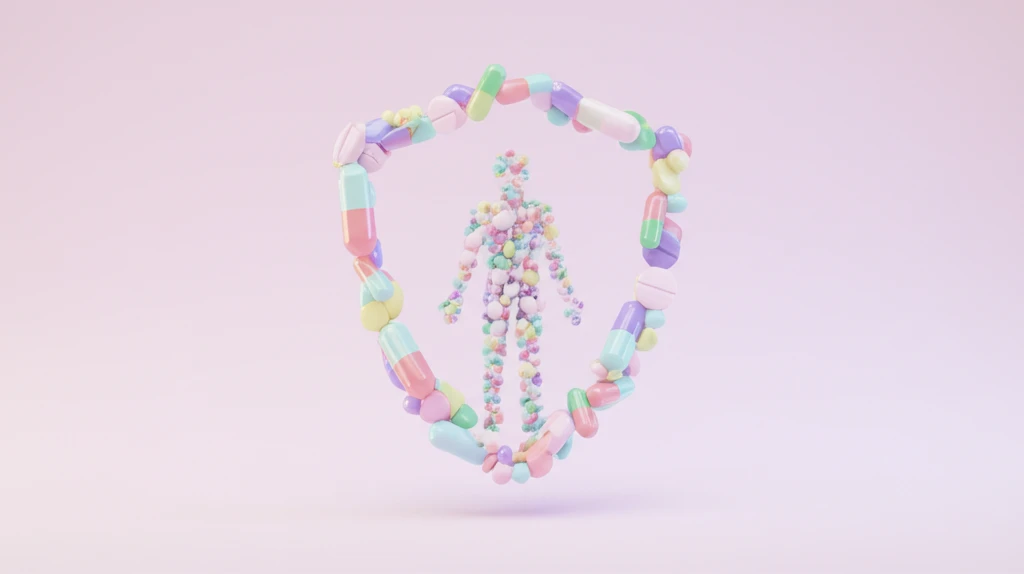
Decoding Drug Interactions: A Beginner's Guide to Staying Safe
"Navigating the complex world of pharmacodynamics and drug interactions to protect your health."
Ever wondered what happens when you take multiple medications or combine them with other substances? The field of pharmacodynamics explores exactly that: how drugs affect your body and how they interact with each other. Understanding these interactions is crucial for ensuring that medications work effectively and safely.
Pharmacodynamics is often described as “what a drug does to the body.” This includes all the biochemical and physiological changes that occur after you take a medication. Think of it as the drug's journey and impact within your system. In contrast, pharmacokinetics, describes “what the body does to a drug” – in other words, how your body absorbs, distributes, metabolizes, and excretes the drug.
Pharmacodynamics looks at the relationship between the concentration of a drug at its site of action and the extent of the effect it produces. These relationships can be demonstrated through dose-response curves, which help in comparing the effects of different drugs.
Key Concepts in Drug Interactions

To grasp drug interactions, it's essential to understand a few key concepts. First, affinity refers to how strongly a drug binds to its target receptor. Specificity describes how selectively a drug acts on one receptor versus others. Some drugs may bind to multiple types of receptors, leading to a variety of effects, some intended and others not.
- Agonists: These drugs activate receptors, causing a biological response.
- Partial Agonists: They also activate receptors, but the effect is not as strong as a full agonist.
- Antagonists: These drugs bind to receptors but do not activate them. Instead, they block the receptor, preventing other substances (like natural body chemicals or other drugs) from binding and causing an effect.
Staying Safe with Medications
Understanding drug interactions empowers you to take control of your health. Always inform your healthcare provider about all medications, supplements, and over-the-counter drugs you're taking. This information helps them make informed decisions about your treatment plan and minimize the risk of harmful interactions. Open communication is key to safe and effective medication use.
